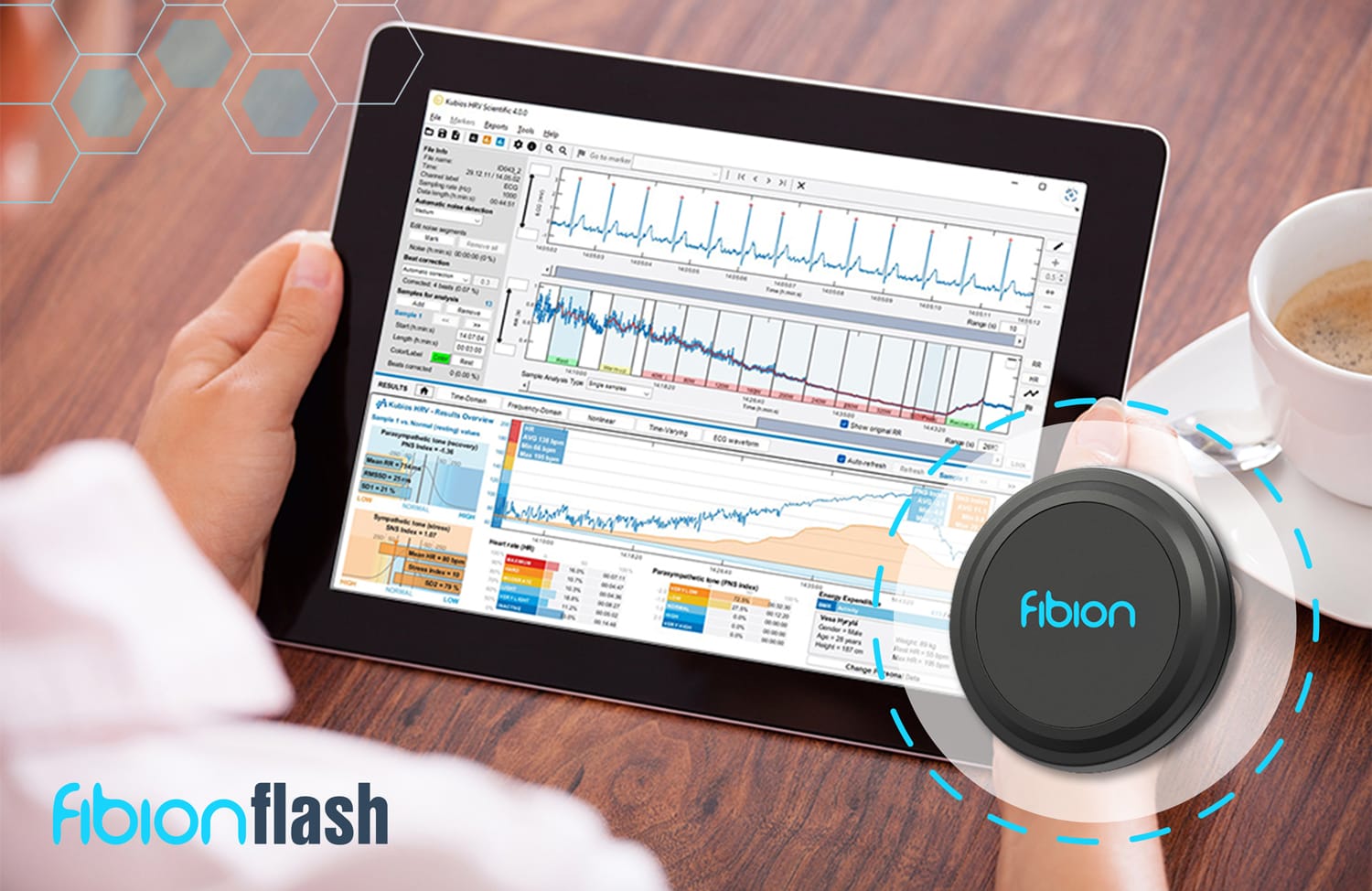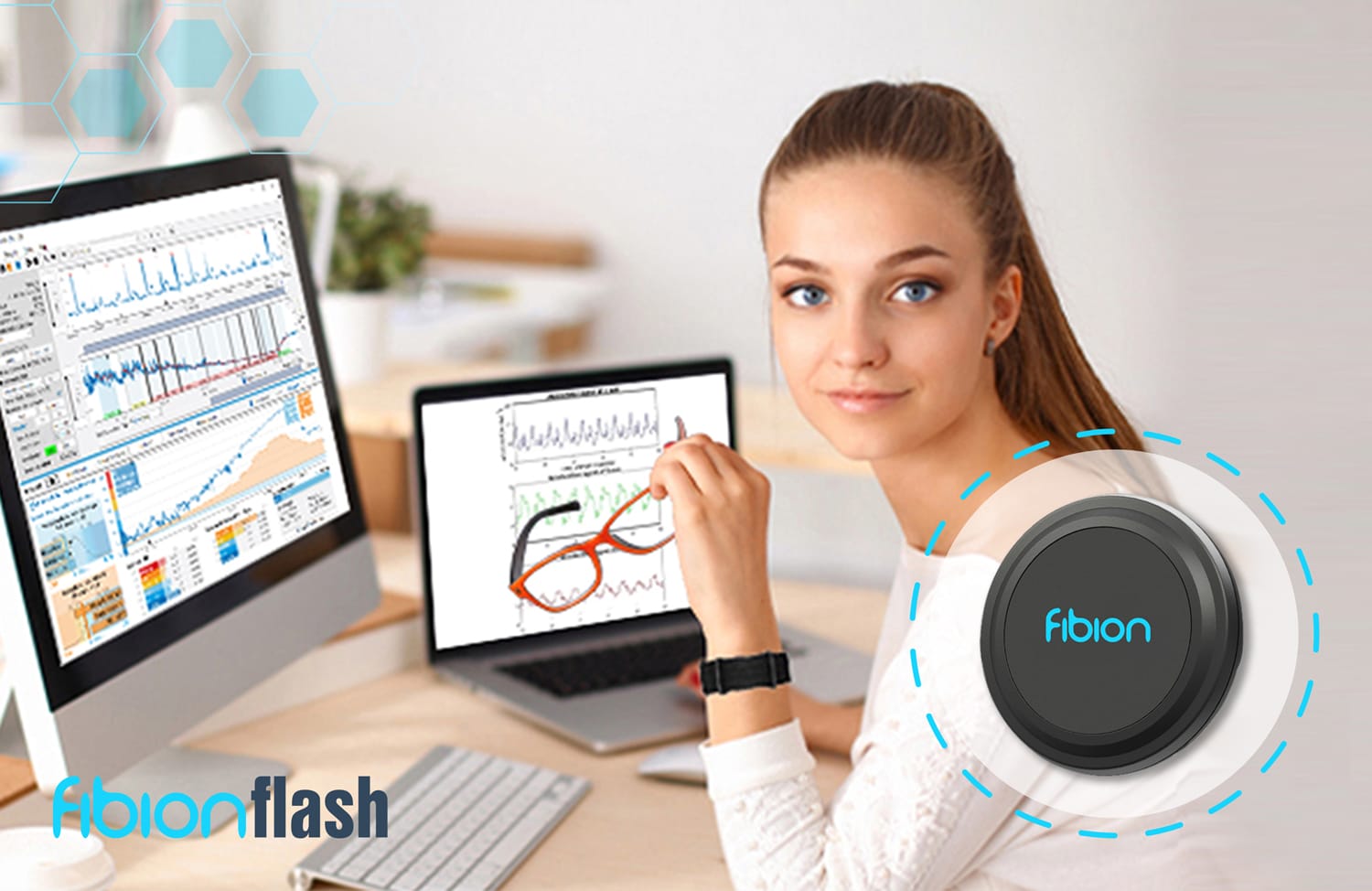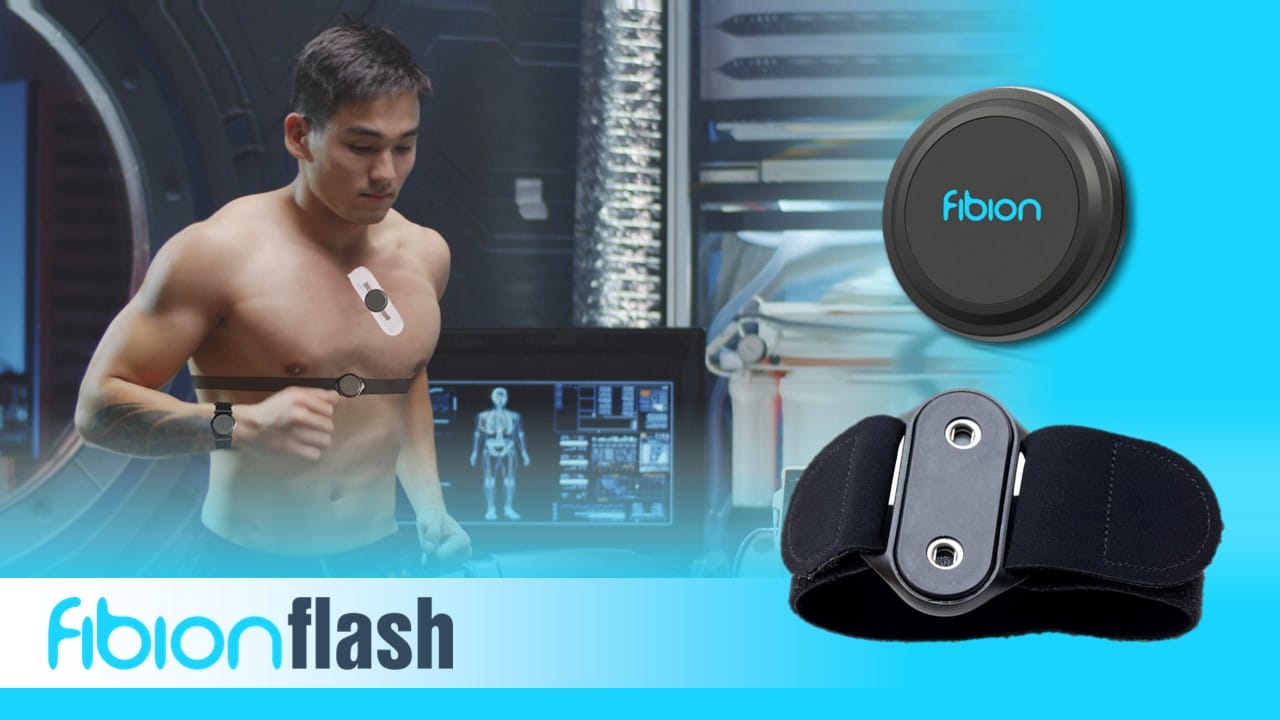ECG vs. PPG: Understanding Best Practices in HRV Research
Accurate heart rate variability (HRV) tracking is essential for research that investigates stress, recovery, and cardiovascular health. The quality of the HRV signal can be significantly impacted by the method of measurement. While wrist-worn devices are convenient and popular for consumer use, ECG-based HRV tracking from the chest is widely considered the gold standard for scientific research due to its superior accuracy. This article explores why chest-worn ECG-based devices are preferred over wrist-based PPG sensors and how they deliver a more accurate, reliable HRV signal.

Why ECG-Based HRV Tracking is the Most Accurate
Limitations of PPG-Based HRV Tracking on the Wrist
PPG (photoplethysmography) sensors, which are typically found in wrist-worn devices, measure blood flow changes beneath the skin by using light to detect variations in blood volume. While this method is adequate for general fitness tracking, it has limitations that reduce its suitability for precise HRV measurements in research. PPG sensors are prone to motion artifacts, particularly during physical activity, as movements can alter how the light interacts with the skin and disrupt data consistency. For more on differences between PPG and ECG for HRV accuracy, consider reading “The Best HRV Tools for Nighttime Autonomic Research”.
Another challenge with PPG-based HRV monitoring is skin tone sensitivity. Darker skin tones, tattoos, or even variations in skin texture can interfere with the sensor’s light, leading to less reliable data. Additionally, wristbands need to be worn tightly to maintain optimal contact, which can cause skin irritation over prolonged periods. This discomfort can affect compliance, especially in studies that require continuous monitoring over extended periods. To understand why consumer wearables may not meet research standards, you may enjoy “Top Wearable HRV Monitors with Raw Data Access for Research Projects”.

Advantages of ECG-Based HRV Tracking on the Chest
In contrast, ECG-based HRV tracking directly measures the electrical activity of the heart. This approach is inherently more precise than PPG, as it is less affected by external factors like movement or skin tone. Chest-worn ECG devices capture HRV by monitoring the heart’s electrical signals, ensuring high-fidelity readings even when participants are active. This precision makes ECG tracking the preferred method for researchers who need accurate, uninterrupted data.
Unlike wrist-worn devices, chest-worn ECG trackers are less susceptible to shifts and misalignments during movement, reducing the risk of artifacts. This stable placement on the chest allows for consistent, high-quality HRV data over long monitoring periods, which is critical for studies where data integrity is paramount. In sum, for researchers seeking accuracy and reliability, chest-worn ECG devices are the ideal choice for HRV measurement. For applications of ECG in scientific HRV studies, explore “Advanced Algorithms for HRV Analysis: A Researcher’s Guide”.

The Benefits of Skin-Adhesive Electrodes Over Chest Belts
Challenges with Chest Belts
While chest belts provide an accurate alternative to wrist-based devices, they come with their own challenges. Movement artifacts can occur when the belt shifts during physical activity, disrupting the connection between the belt and the skin. This movement can cause inconsistencies in the HRV signal, making data less reliable – especially in studies that involve frequent or high-intensity activity.
Additionally, chest belts rely on elasticity to stay in place, but this can lead to fit issues over time. As participants move, the belt may loosen or shift, leading to variable pressure on the chest and further potential for data inaccuracies. This inconsistency makes chest belts a less stable option than direct skin-adhesive electrodes. To see artifact-reduction techniques in HRV monitoring, consider “Improving Data Quality in Long-Term HRV Research Using AI”.
Stability and Accuracy with Skin-Adhesive Electrodes
Skin-adhesive electrodes provide a more reliable solution for high-accuracy HRV tracking. These electrodes attach directly to the skin, reducing movement between the device and the body and minimizing artifacts. By maintaining a stable connection, skin-adhesive electrodes allow for clear, precise HRV data even during movement. This direct attachment also ensures consistent data quality over extended monitoring sessions.
Another advantage is the cable-free design offered by some skin-adhesive solutions. Without cables, there is less risk of artifact noise due to cable movement, enhancing signal quality and improving participant comfort. The absence of a cable also minimizes wear and tear on the device, making skin-adhesive electrodes an excellent choice for long-term studies that require reliable HRV data collection without interruption.

Fibion Flash: The Ideal Solution for High-Accuracy HRV Research
Fibion Flash is purpose-built to address the challenges associated with HRV data accuracy in research. By combining ECG-based HRV tracking with medical-grade, skin-adhesive electrodes, Fibion Flash meets the demands for high-fidelity data and consistent measurement, even during active conditions. Unlike traditional chest belts, which may shift and create movement artifacts, Fibion Flash adheres directly to the skin, providing a stable, reliable connection throughout the monitoring period.
One of the key features of Fibion Flash is its use of snap connectors with no external cables, eliminating the possibility of cable movement artifacts. This design enhances signal quality by ensuring that data transmission remains uninterrupted and free from interference. The cable-free configuration also improves participant comfort, allowing for long-term data collection without the discomfort of cables or elastic straps.
For researchers, Fibion Flash represents the ideal HRV tracking solution, as it combines:
- Medical-grade electrodes that offer stable, high-quality ECG readings
- Cable-free snap connectors for artifact-free data transmission
- Direct skin adhesion, which minimizes movement artifacts and ensures consistent data quality
- Research-grade accuracy, with a focus on delivering clean, precise HRV data suited to a wide range of study requirements
By incorporating these features, Fibion Flash stands out as a superior tool for HRV research, providing researchers with the reliable, high-quality data necessary for scientific analysis. Its design ensures minimal disruption to participants, making it easy to capture authentic HRV signals over long periods, whether during rest or activity. For those seeking an accurate, research-grade HRV tracking solution, Fibion Flash delivers on all fronts. For research-focused alternatives to consumer wearables for HRV data collection, take a look at “The Best Alternatives to Actiheart 5 for HRV Analysis Software in 2025”.
Call to Action
📅 If you want to learn more about Fibion Flash, do not hesitate to book a video call with our expert Dr. Miriam Cabrita.

Frequently Asked Questions:
Why is ECG-based HRV tracking more accurate than PPG? +
ECG-based HRV tracking measures the heart’s electrical activity directly, which is less affected by movement and skin tone, providing more precise and reliable data than PPG sensors.
What are the limitations of PPG sensors for HRV research? +
PPG sensors are sensitive to motion artifacts and skin tone variations, which can lead to inconsistent HRV data, making them less suitable for precise research needs.
Why are skin-adhesive electrodes better than chest belts for HRV tracking? +
Skin-adhesive electrodes offer a stable connection with minimal movement, reducing artifacts and ensuring high-quality HRV data, especially during physical activity, compared to chest belts.
What makes the Fibion Flash ideal for HRV research? +
The Fibion Flash uses ECG-based HRV tracking with skin-adhesive electrodes and cable-free snap connectors, delivering stable, artifact-free data for research-grade accuracy.
How does the Fibion Flash improve participant comfort? +
The MS Flash’s cable-free design minimizes discomfort by eliminating restrictive straps and wires, making it comfortable for participants over extended monitoring periods.
Can the Fibion Flash be used for long-term HRV monitoring? +
Yes, the Fibion Flash is designed for long-term monitoring with high-accuracy data collection, thanks to its stable attachment and long-lasting, replaceable battery.















